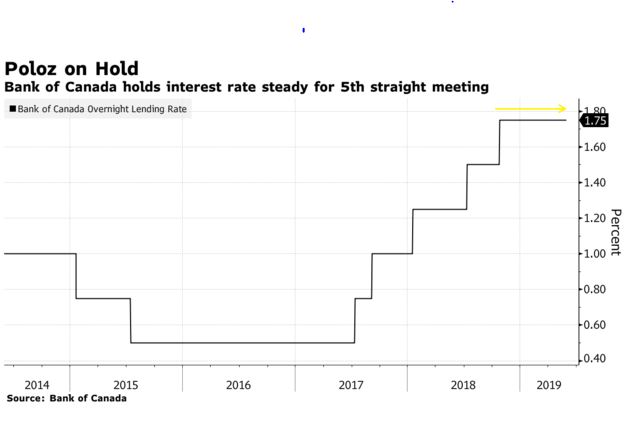With approximately 1,000 people retiring every day in Canada, it’s not surprising that there has been an increased demand for Reverse Mortgages.
A Reverse Mortgage can assist people aged 55+ to realize their dreams in retirement. Whether they want to travel, help their kids or grand kids or even just supplement their monthly income, a Reverse Mortgage can be an effective way to have their home assist them to meet those goals.
There is a lot of misinformation out there however, that could make people hesitant to get into a Reverse Mortgage.
Many people think that the Bank will own their home but this is completely untrue. A Reverse Mortgage is just that – a Mortgage registered on the home’s Title, just like any other bank mortgage. The client retains full ownership and control of their home. They have the freedom to decide if and when to move or sell.
Another misconception is that you could end up owing more than your house is worth. In fact, due to the Reverse Mortgage lender’s conservative lending practices, you can be confident that there will be equity left in the home when the loan is repaid. They will only issue a Reverse Mortgage up to 55% of your home’s value so there is lots of equity remaining to offset accrued interest charges even if you choose to make no payments at all.
In fact, over 99% of Reverse Mortgage clients have equity remaining in the home when the loan is repaid.
Many people view a Reverse Mortgage as a ‘last resort’. In fact financial professionals recommend a reverse mortgage because it’s a great way to provide financial flexibility. Since it’s tax-free money, it allows retirement savings to last longer.
Some people think that you cannot get a reverse mortgage if you have an existing mortgage. But many Reverse Mortgage clients use the funds to pay off their existing mortgage and other debts, freeing up cash flow for to use as they wish – and be free of regular mortgage payments too.
I personally have parents over 70-years that could be looking at the expense of Assisted Living for my Mom in the near future. They own their home outright and once both of them are retired that added cost could be too much for their pensions and could force them to sell their home before they’re ready.
I have advised them of the Reverse Mortgage option and we have decided to look into that possibility when the time comes. It is my belief that nobody should feel forced to sell their home and they will explore any options available to them so they have choices.
If you’d like more information on how a Reverse Mortgage may work for you, I recommend speaking with a Dominion Lending Centres Mortgage Professional to get all the facts.
KRISTIN WOOLARD
Dominion Lending Centres – Accredited Mortgage Professional
Kristin is part of DLC National based in Port Coquitlam, BC.









